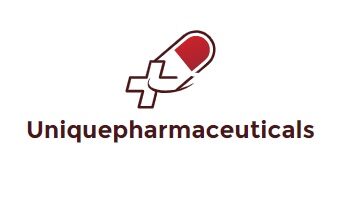Blisters frequently recover by themselves within a week. They can be agonizing while they recover, however you will not typically require to see a GP.
Table of Contents
How you can deal with a Blister yourself
To secure the blister and assist avoid infection:
Do
- cover blisters with a soft plaster or cushioned dressing
- clean your hands prior to touching a burst blister
- permit the fluid in a burst blister to drain pipes prior to covering it with a plaster or dressing
Don’ t
- do not break a blister yourself
- do not peel the skin off a burst blister
- do not choose at the edges of the staying skin
- do not use the shoes or utilize the devices that triggered your blister till it recovers
A Pharmacist can aid with Blisters
To secure your blister from ending up being contaminated, a pharmacist can advise a plaster or dressing to cover it while it recovers.
A hydrocolloid dressing (a damp dressing) can secure the blister, help in reducing discomfort and accelerate recovery.
Check if you have a Blister
- Blisters are little pockets of clear fluid under a layer of skin
- Blood blisters might look red or black and are filled with blood rather of clear fluid
- An contaminated blister can be hot and filled with green or yellow pus. The surrounding skin might look red, however this can be difficult to see on darker complexion
Note: Do not overlook a contaminated blister. Without treatment it might result in a skin or blood infection.
Non- immediate guidance: See a GP if:
- a blister is really agonizing or keeps returning
- the skin looks contaminated– it’s hot and the blister is filled with green or yellow pus
- the skin around the blister looks red, however this can be more difficult to see on darker complexion
- a blister remains in an uncommon location– such as your eyelids, mouth or genital areas
- a number of blisters have actually stood for no factor
- a blister was triggered by a burn or heat, sunburn, or an allergy
Treatment from a GP
A GP may break a big or agonizing blister utilizing a sterilised needle. If your blister is contaminated, they might recommend prescription antibiotics.
They can likewise provide treatment and guidance if blisters are triggered by a medical condition.
How to Prevent Blisters
Blisters establish to secure broken skin and assist it recover. They’re mainly triggered by friction, burns and skin responses, such as an allergy. Blood blisters appear when capillary in the skin have actually likewise been harmed. They’re frequently more agonizing than a routine blister.
If you frequently get friction blisters on your feet or hands:.
- wear comfy, well-fitting shoes
- use brand-new shoes for brief time periods, till they’re comfy
- wear thick socks throughout workout
- dust talc in your socks if you get sweaty feet
- wear protective gloves when you work out or if you utilize tools at work
Conditions that can trigger blisters.
- chickenpox — a youth disease that triggers scratchy areas
- fever blisters — little blisters that establish on the lips or around the mouth, triggered by an infection
- herpes — a sexually transmitted infection (STI) that the majority of frequently impacts the groin
- bullous impetigo — a bacterial skin infection
- pompholyx — a kind of eczema
- scabies — a skin problem triggered by small termites
- hand, foot and mouth illness — a viral infection that typically impacts kids
Coronavirus (COVID-19) upgrade: how to get in touch with a GP
It’s still essential to get assist from a GP if you require it. To call your GP surgical treatment:.
- visit their site
- utilize the your local doctor App
- call them
Find out about utilizing the your local doctor throughout COVID-19.

